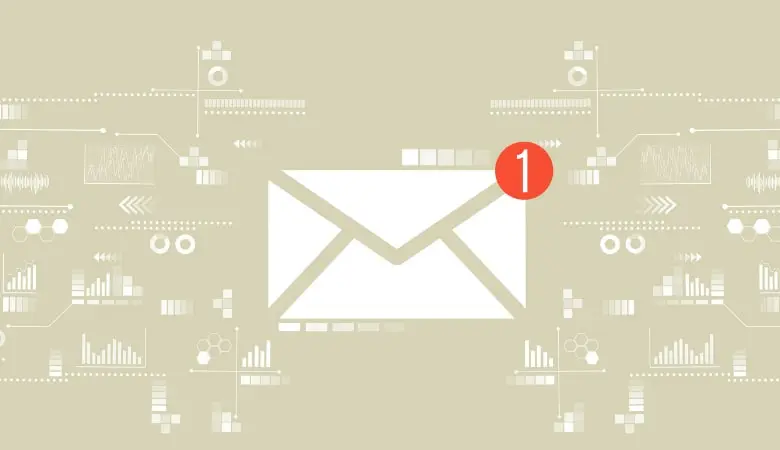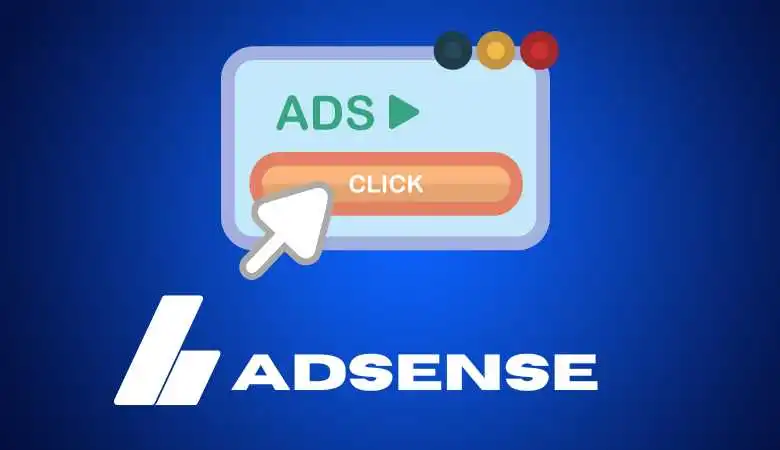What is the Digital Signature, and What is it for?

Still don’t know what a digital signature is? It is the most advanced and secure electronic signature. When digitally signing documents, all legal requirements are met, as it offers the highest security standards to certify the signed documents’ authenticity and the signer’s identity.
An accredited certification authority issues the certificate to a service provider. The signature is associated with the document through encryption; if necessary, you can always verify the signature. A digital signature must comply with these three principles:
Authentication: Allows for verifying the identity of the signer. Thus, it is guaranteed that no identity theft has occurred.
Integrity: The digital signature guarantees the integrity of the message and that the content has not been modified after the signature to comply with legal regulations.
Non-repudiation: The signer will not be able to deny the content of the signed file or the integrity of the signature since their identity has been verified through authentication.
Benefits of this Type of Firm
At this point, we must mention that several benefits revolve around the digital signature. Essentially, the help of the digital signature is noted in the legal security of transactions and cost savings, but there are other interesting ones:
Cost savings: The digital signature allows us to save a lot of paper within companies. As well as saving on the costs of sending documents, traditional mail or renting physical spaces for document filing, etc.
Time-saving: Any person, executive of a company or in a personal capacity, can sign documents quickly from their electronic device. For example, from your computer, tablet, or mobile phone. This allows us to avoid waiting, displacement, shipments, and cumbersome situations related to bureaucracy.
Greater flexibility: Thanks to the digital signature, you can work and sign from anywhere, as we already mentioned. Also, postpone signatures or bring them forward and adapt to unforeseen situations. Regarding companies, all documents are in one place, centralized, facilitating entry from multiple departments.
Greater security: The digital signature notably improves the transparency of implicit security processes, and its very nature prevents the illicit use of the signed document or its falsification.
Optimize the customer or employee experience: The customer experience is optimized because the processes of selling, buying, renting, and signing contracts are simplified. Implementing the digital signature reduces the risk of customer abandonment in companies such as subscriptions to online services, distance sales, or store sales.
How the Digital Signature of Documents Works
The operation of the digital signature is effortless. Once we are in the document to be signed, a mathematical algorithm is applied to a said document that generates a digital fingerprint, the hash. It is a number that unequivocally identifies the document, similar to our ID or car’s chassis number. The soup is then encrypted using the signer’s private key. The result of the operation is the digital signature added to the document.
Also Read: Success Keys Experimentation of Artificial Intelligence
The receiver of the document needs a program that supports digital signatures. This software decrypts the hash key by using a public key. Next, it calculates a new hash for the document. To ensure that the document has not been modified, the computed and decrypted hash must match. In addition, the software helps us confirm that the public key used in the signature corresponds to the signer’s identity.
How to Obtain the Digital Signature
Once we know what a digital signature is about, we can proceed to discover how can create this authentication method the first thing we must bear in mind is that, for the digital signature to be legal, it must be accompanied by a certificate and a public key that guarantees its integrity.
Due to this, the first step would be to contact one of the competent authorities that issue digital certificates. Once you have got them, you must go to their offices to verify the documents’ integrity. This way, you can deliver the certificate in hand. One of the best-known certificates would be the electronic DNI. This can also help you digitally sign some documents.
Once you have this certification, it is time to capture the signature. There are multiple softwares on the market allow you to digitize your signature. Even the authority that dispenses the certificate will likely provide you with a list of the most recommended programs. To add security to the process, it should note that this software creates and reproduces the signature using the asymmetric cryptography technique. Thus allowing the identification of the person who signs; in this way, the integrity of the content can be guaranteed, and any subsequent modification can be detected.
How to Sign a Document with a Digital Certificate
Generally, the type of document that we digitally sign is PDF. We open the document with Adobe Acrobat Reader DC and follow the Tools> Certificates> Digitally sign itinerary. Next, select the document area where you want to insert the signature with the mouse. Once selected, a pop-up window will open with the list of digital certificates available to select. You must choose the one you want to use and click on the “Continue” button.
A new window will open where you will see the signature. Press the “Sign” button, and the window to save the document will appear. It would help if you gave it a different name than the original. Finally, you will have to enter the certificate’s password to sign the document. Once you have entered it, click on “Allow,” and you will see the paper with the digital signature inserted in the space you had selected at the beginning.
To validate the signature of a digitally signed document, we only have to open the said document and click on the text with the signature or the “Signature Panel” button. Click the right mouse button on “Rev. 1: Signed by XXXXXX…” and select “Validate signature.” A green “v” or similar mark will appear if validation is successful, confirming confirmation.
Is a Digital Signature the Same as an Electronic Signature?
The main difference is that, while the digital signature refers to a group of cryptographic methods, the concept of electronic signature is essentially legal. Thanks to the fact that it gives the firm a regulatory framework that gives it legal validity.
The digital signature also has legal validity, but it does not have a legal nature in the sense that its objective is not to attest to an act of will on the part of the signatory. But it encrypts the data of a document to give it a better degree of security.
The electronic signature is a generic and broader expression relative to electronic data, and the digital signature is the signature that has cryptography based on the public key. In this way, said digital signature is what prevents identity theft and allows authentication and identification in all types of administrative, fiscal, bureaucratic processes, etc.
An electronic solution based on digital signature technology means the ability to collect electronic evidence of identification and integrity. The more evidence collected during the signing process, the greater the chances that a public body will accept the document.
Is a Digital Certificate the Same as a Digital Signature?
Just as we often confuse the concepts of digital signature and electronic signature, it is also common -and wrong- not to differentiate between a digital certificate and digital signature when they are different concepts. They indeed bear some similarities, such as that we use them to carry out fast and secure online transactions, but digital certificates and digital signatures are not the same.
The main difference between the two is that the digital certificate allows the digital signature, but we do not need a said certificate to use the digital signature. If we simplify it, the digital signature refers to specific documents or files, and the digital certificate allows for the identification of a person. The signature “only” identifies the signer of the paper, but not its identity of it.
What procedures can I carry out with this type of signature?
The unique legal value of the digital signature makes it applicable to various documents such as insurance, health plans, sales, and rental contracts, among others. Among the most common uses that we can find are:
- Applications in the electronic administrative records, application for working life.
- Reception of electronic notifications.
- Realization of the Declaration of Income and payment of taxes.
- Signature of electronic invoices and emails.
- The signing of official documents and forms.
- Consultation of the points of the driver’s license and traffic fines.
- Procedures are related to the municipal register.
- Submit appeals and claims.
- Complete and consult the census.
- Validate documents in Word or PDF format.
- Process grants.
Carrying out procedures using the digital signature is possible in the Central Administration, other regional administrations, and local entities. In conclusion, we can say that the digital signature is a handy instrument in the era in which we live and that the more the years go by, the more used it will be.
What is a digital signature application, and what does it do?
You can count on a digital signature program when implementing the electronic signature in the company. Thanks to this human resources software, it is possible to generate and verify digital signatures in any organization, thus greatly simplifying the document signing process. A document with an electronic signature has the same validity as one signed by hand. Throughout the process, the confidentiality of the data and records exchanged for signatures can be maintained.
Thus, digital signature software has the same applications as any handwritten signature. In the business world, it can be used, among other things, when carrying out banking or commercial transactions or in tax returns. Also, in public contracts, when participating in electronic voting or government certifications (laws, rulings). Another use of these tools is documents related to insurance, medical records, or applications for public employment.
The company’s digital signature program allows you to sign documents, including PDF, Excel sheets, Word, or XML. Multiple files or documents can be signed simultaneously, and there is always the option to select different signature types from the other values. Another exciting function is verifying the authenticity and validity status of the signatures used. The signer can adapt the signature’s size, location, colors, or images according to their needs.
Advantages of having a digital signature program
Any company can take advantage of digital signature software’s many advantages when certifying and managing documents. Security and comfort are the most obvious, but your company can benefit from these types of tools on many levels:
Increases security when dealing with transactions. As the documents cannot be manipulated, the risk of fraud is lower than if it is signed by hand. And, as has been repeated, it has the same legal validity as if it is signed by hand.
It improves productivity and efficiency by eliminating manual processes and automating the signing process. Errors are also reduced, something that logically benefits the corporation’s performance.
More flexible signatures, since it is not necessary to sign in the company, can be done from anywhere. Ideal for telecommuting or for workers who meet clients outside the company.
Operating costs are reduced, as there is no need to use paper or document storage space. They can be saved in the cloud, eliminating physical displacement.
In addition, they will be easier to find in the future and can be accessed by the different departments that need them.
It is positive for the environment since we reduce its use in the company by not using paper, which undoubtedly contributes to more excellent environmental protection.
Electricity consumption is also reduced by not having to print the document to sign it and scan it again after stamping the signature.
In summary, the benefits of having digital signature software are many and very diverse. A digital signature program offers much more than the possibility of signing documents online; it is an opportunity to streamline processes within the company and do so with all the security in the world. The electronic signature has the same validity as the handwritten one, and having a tool like this is increasingly important in the business world.
Also Read: How to Adapt Online Business to the Data Protection Regulation

![Digital Marketing Trends in 2024 [AI & More Advancements]](https://www.scrolltrendy.com/wp-content/uploads/2024/07/Digital-Marketing.webp)



![Attractive Mail Subjects [Examples] for Email Marketing](https://www.scrolltrendy.com/wp-content/uploads/2024/06/Email-Marketing.webp)
